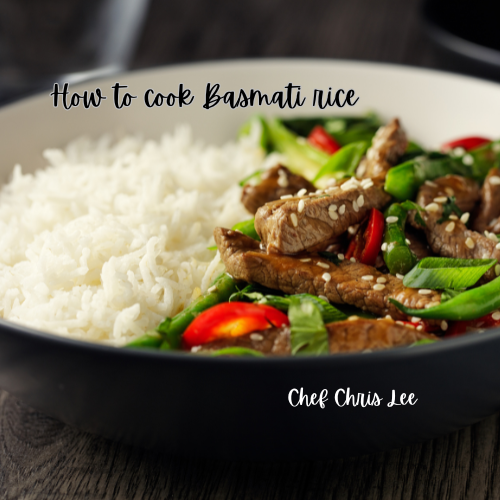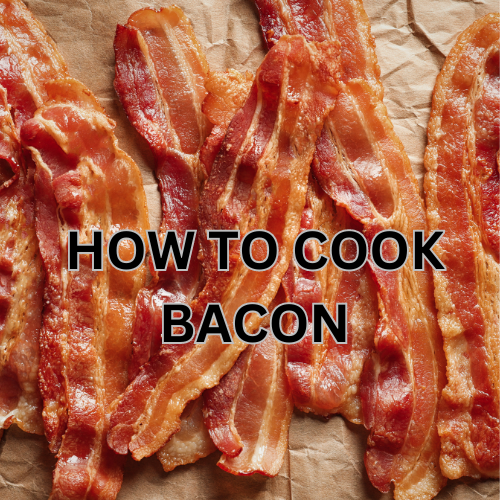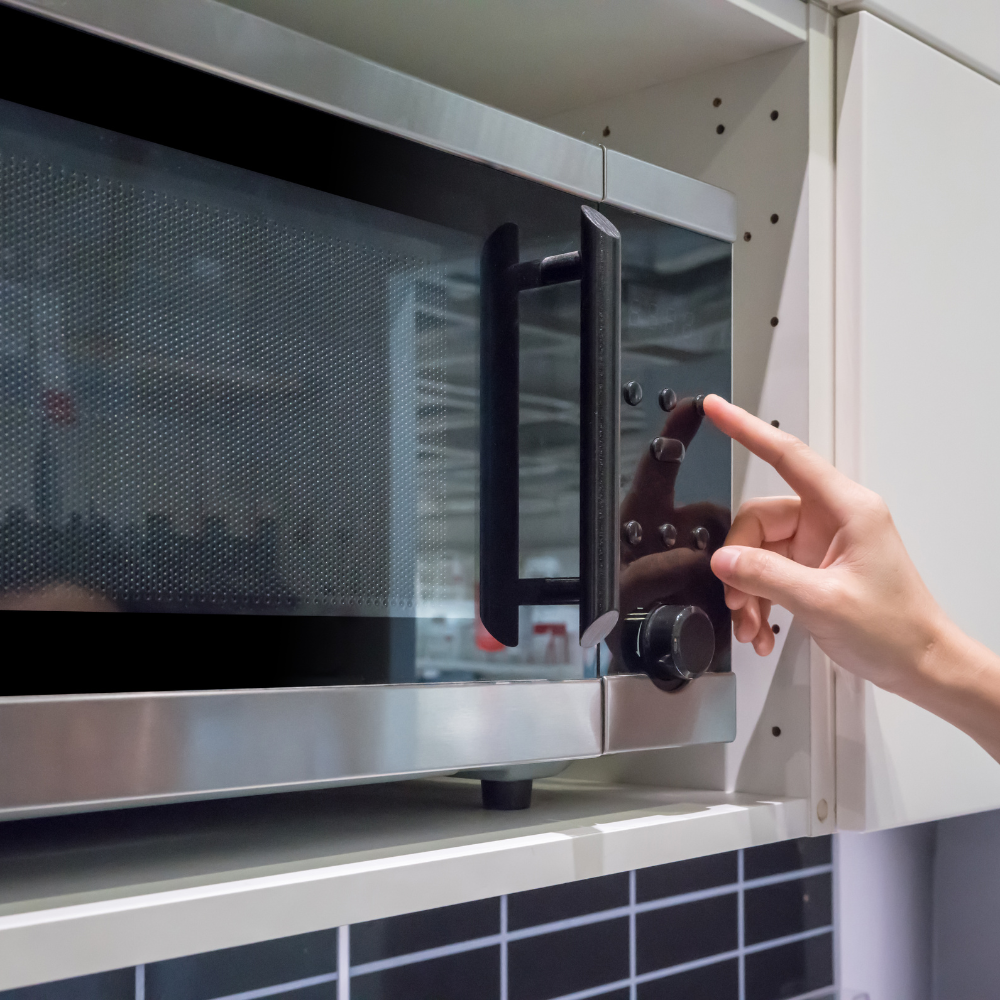Best Cutting Boards
Best Cutting Boards
The Quintessential Kitchen Companion: The Cutting Board
Widely regarded as a culinary cornerstone, the humble cutting board is often an unsung kitchen hero. This essential tool plays a pivotal role in every cuisine across the globe, efficiently bearing the brunt of sharp knives and helping to transform raw ingredients into a chef's myriad of masterpieces.
Whether it’s slicing fresh vine-ripened tomatoes for a vibrant caprese salad, delicately dicing fragrant herbs to enhance your favorite dish, or expertly carving an oven-roasted chicken for Sunday dinner, these tasks would be arduous if not impossible without the trusty cutting board. Beyond providing a durable surface for cutting, chopping and slicing, it also acts as an indispensable element in maintaining knife sharpness.
A good-quality cutting board can greatly reduce wear and tear on your knives' edges, extending their lifecycle. Moreover, they are integral in maintaining hygiene in your kitchen by preventing cross-contamination between different types of food.
However trivial it may seem to select an item as commonplace as a cutting board,the process requires considerate deliberation. In fact,a well-chosen cutting board can provide numerous benefits that extend beyond its basic function; it can aid in preserving knife quality,minimizing accidental injuries,and even contributing to overall kitchen aesthetics.
Factors to Ponder: Choosing Your Ideal Cutting Board
When choosing a perfect chopping board for your culinary endeavors,every chef - professional or home cook - should take into account several crucial factors.This process involves more than just picking up the first one that catches your eye on the store shelf.Your choice should be guided by considerations such as material,type,size,and maintenance requirements. The material is arguably one of the most vital factors.In this respect,different types-wooden,bamboo,glass,plastic,or composite- have their unique pros and cons.For instance,while some may be gentler on knives,some are easier to clean,some are more durable,and others may simply appeal to your stylistic preferences.Consequently,it's important to weigh these considerations carefully.
Another significant factor is the size and type of your cutting board.A larger board offers ample space for chopping multiple items at once,but it might also take up valuable kitchen real estate.What's more,a specialized type like an end-grain cutting board can prove advantageous for heavy-duty tasks or even add a touch of professional flair to your kitchen aesthetics.The shape - whether rectangular,square or round - can also influence factors such as ease of storage and cleaning. Ultimately,the most suitable cutting board should blend seamlessly with your kitchen practices and personal preferences.
Different Types of Cutting Boards
Wood Cutting Boards: A Tradition Rooted in Functionality
In the annals of culinary history, wood cutting boards have persistently been hailed as a staple. Their natural resistance to bacteria and sufficient surface hardness render them an excellent choice for a variety of kitchen tasks.
Moreover, they exhibit an inherent aesthetic charm that lends a warm ambience to any kitchen. Not all wooden cutting boards are alike, though.
The type of wood used can significantly impact the board’s durability and performance. For instance, maple offers a perfect blend of hardness and absorbency while walnut, known for its rich color and robustness, provides high-end appeal.
Teak is another popular choice due to its resistance to moisture and warping. Maintaining your wooden board's integrity involves easy but essential steps: hand-washing with mild soap after each use; oiling it regularly with food-grade mineral oil; and avoiding soaking it in water, which can lead to cracking or warping.
Plastic Cutting Boards: Modern Convenience at Your Fingertips
Plastic cutting boards offer unparalleled practicality in the modern era. They're light-weight, easy-to-clean, resistant to deep scratches that may harbour bacteria, making them a sound choice for cutting raw meat or fish.
However, not all plastic is created equal. Polyethylene cutting boards are economical but tend to show knife marks more readily than others.
On the other hand, polypropylene is slightly harder and more heat-resistant-ideal for those who want a dishwasher-safe option. Cleaning these boards typically involves dishwashing or scrubbing with hot soapy water followed by disinfection if used with raw meats or fish—the heat from dishwashers also assists in getting rid of stubborn residue or potential pathogens nestled within knife scars.
Bamboo Cutting Boards: A Sustainable Choice
Bamboo cutting boards are rapidly gaining popularity, owing to their environmental sustainability and impressive durability. They’re harder than most woods, ensuring a long lifespan, and their low liquid absorption rate keeps them resistant to warping and cracking.
The production of bamboo cutting boards has a lower environmental impact than their wood or plastic counterparts. Bamboo is an incredibly fast-growing resource, and its harvesting doesn’t necessitate cutting the entire plant—thus enabling faster recovery and regeneration.
To enhance the longevity of a bamboo board, it should be washed by hand with warm water and mild detergent soon after use. Regular applications of mineral oil will also retain its smoothness and repel potential stains.
Specialized Cutting Boards
End Grain Cutting Boards: The Expert's Choice
End grain cutting boards are revered by professional chefs for their outstanding durability. Featuring the end pieces of wood strips arranged in a checkerboard pattern, they provide a surface that's gentle on knives yet robust enough to withstand deep cuts. Knife blades slide between the wood fibers instead of slicing across them, thus minimizing wear on both knife edges and board surfaces.
Flexible or Foldable Plastic Mats: The Space Saver
For those operating in space-constrained kitchens or who desire portability in their culinary prep tools, flexible plastic mats are an ingenious solution. These thin sheets offer adequate surface protection for light-duty tasks like chopping vegetables or fruits. Their foldable nature makes transferring ingredients directly into cooking pots or waste disposal units effortless—a boon during quick meal preps!
Over-the-sink Cutting Boards: The Multitasker’s Dream
Over-the-sink boards efficiently utilize your kitchen space by fitting snugly over your sink basin—a feature that proves particularly beneficial for small kitchens where counter space is at premium availability. These often come with integrated colanders, making it easy to chop, wash, and strain in one location.
Choosing the Right Size and Shape
Size: Balancing Kitchen Space and Cooking Habits
The size of a cutting board is often dictated by the available kitchen space and your cooking habits. If you frequently handle large pieces of meat or like to chop multiple ingredients simultaneously, a larger board will serve you well. Conversely, a smaller board would suffice for compact kitchens or light cooking.
Shape: Functionality Meets Personal Preference
When it comes to shape, there are no strict rules; rectangle, square or round – it depends on personal preference and use case. Rectangular boards are often favored for versatility whereas round boards can add stylistic touch to kitchen décor. Some prefer square boards for their equal-length sides that facilitate easy storage.
Health Aspects Related to Cutting Boards
Cross-contamination: Material Matters
Regardless of type, all cutting boards must be conscientiously maintained to minimize cross-contamination. While wooden boards possess antibacterial properties that inhibit bacterial growth, plastic ones can be thoroughly cleaned with harsher methods without risking damage.
Cleaning & Disinfection: A Routine Necessity
Proper disinfection is crucial in maintaining not just the longevity of cutting boards but also ensuring food safety standards in your kitchen. Wood and bamboo should always be hand-washed while plastic can withstand dishwashing. Regular deep cleaning helps eliminate any pathogens lurking on the surface or within knife grooves.
...
In essence, choosing the best cutting board boils down to balancing individual needs with careful consideration of material properties. Whether you're an ardent environmentalist endorsing bamboo's sustainable appeal or a professional chef partial towards end grain wood's resilience—you have a panoply of choices at your disposal.
Remember, a well-kept cutting board not only enhances the joy of cooking but also ensures the safety and health of your loved ones. So, choose wisely and cook hearty meals to your heart's content!
























































